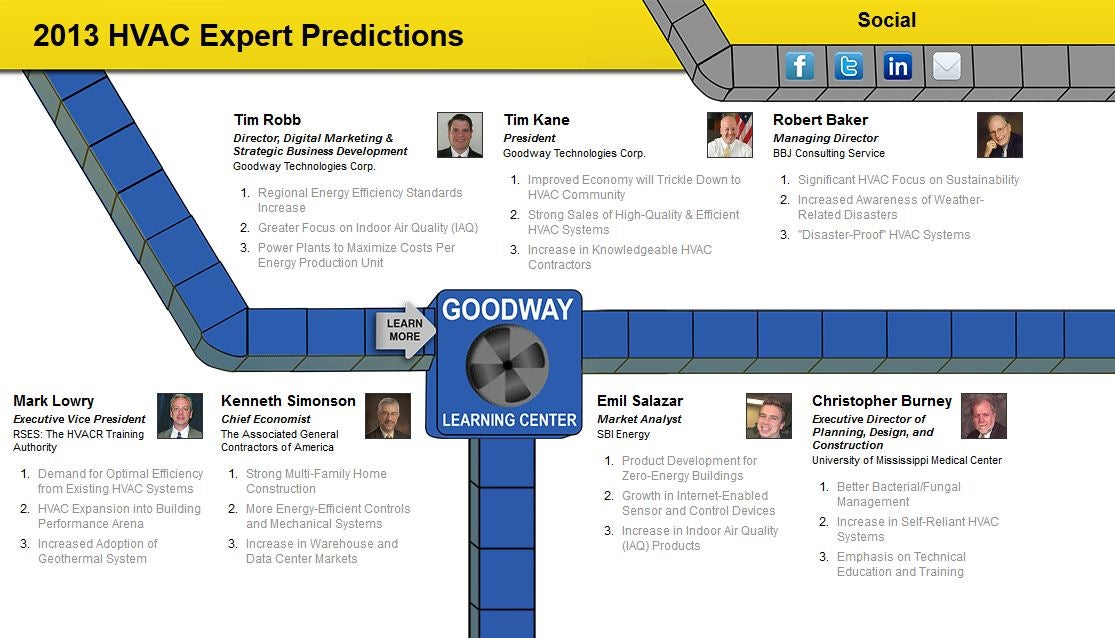Necessary Mistakes To Stay Clear Of In The Installation Of Heat Pump Systems
Necessary Mistakes To Stay Clear Of In The Installation Of Heat Pump Systems
Blog Article
Posted By-Harper McFarland
When installing a heatpump, you must stay away from common mistakes that can endanger its efficiency. Neglecting appropriate sizing might bring about ineffectiveness and greater utility costs. Overlooking insulation and securing might lead to power wastage and stress on the device. Furthermore, placing the exterior device inaccurately may influence its performance. By preventing these mistakes, you can make certain optimum functioning and sturdiness of your heatpump system.
Improper Sizing of Heatpump
When it comes to the setup of heatpump, one of one of the most typical errors is improperly sizing the system for your area. Guaranteeing the appropriate size is crucial for ideal performance. If the heatpump is too tiny, it will battle to warmth or cool your room successfully, bring about increased energy costs and prospective deterioration on the device.
On the other hand, if the heatpump is as well huge, it will certainly cycle on and off frequently, causing temperature fluctuations and lowering its life-span.
To avoid this mistake, it's vital to have an expert examine your room and suggest the appropriate dimension of the heat pump based upon elements like square footage, insulation, ceiling elevation, and neighborhood climate. By spending the time and initiative to make sure the appropriate sizing, you can enjoy a comfortable atmosphere while making the most of energy effectiveness and extending the lifespan of your heat pump.
Inadequate Insulation and Sealing
To ensure the reliable procedure of your heat pump, it's essential to resolve poor insulation and securing in your space. mitsubishi heat pump service helps maintain a constant temperature level inside your home, lowering the workload on your heatpump. Insufficient insulation can lead to power loss, making your heat pump work harder and much less successfully.
Securing heat pump ducted or leakages in your area is similarly important. These spaces allow conditioned air to get away and outside air to permeate in, requiring your heatpump to compensate for the temperature variations.
Incorrect Placement of Outdoor Device
Attending to the placement of your heatpump's outdoor system is crucial to optimizing its performance. Setting up the outside system in a wrong place can cause efficiency issues and possible damage to the system.
One common mistake to prevent is putting the outside unit also near to a wall or other structures. This can limit air movement, creating the system to work more difficult to warmth or cool your room, eventually decreasing its performance and life expectancy.
https://israellgavp.bloggerswise.com/37310605/are-you-aiming-to-locate-the-perfect-heatpump-for-your-residence-discover-the-refined-differences-in-between-air-source-and-ground-resource-systems-to-satisfy-your-heating-needs to stay away from is positioning the exterior system in straight sunlight. While https://johnnyeouah.59bloggers.com/30923180/reveal-the-vital-factors-to-consider-for-choosing-the-appropriate-size-heatpump-for-your-family-advertising-optimal-convenience-and-operational-efficiency is inevitable, excessive direct exposure can bring about getting too hot, particularly throughout hot summertime days. It's ideal to place the outside unit in a shaded area to aid preserve its ideal operating temperature.
In addition, see to it that the exterior device is placed on a stable and degree surface area. Uneven ground can create vibrations and unneeded pressure on the device, affecting its efficiency gradually.
Verdict
To conclude, preventing typical mistakes during heat pump installation is vital for optimizing efficiency and durability of your system. By making sure appropriate sizing, adequate insulation, sealing, and proper placement of the exterior device, you can avoid issues such as inefficiencies, boosted energy expenses, and pressure on the unit. Making the effort to address these essential elements will inevitably conserve you time and money in the future.
